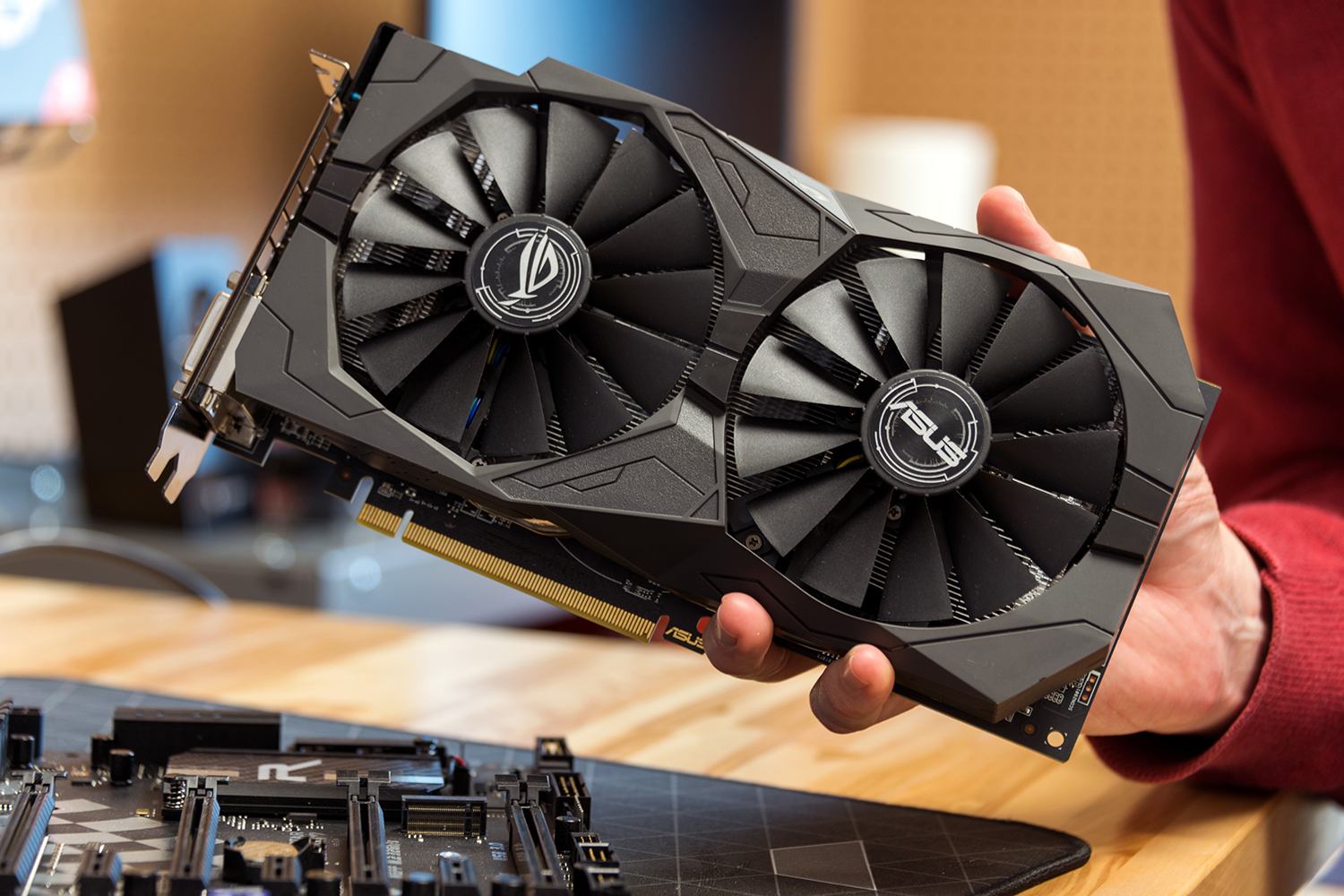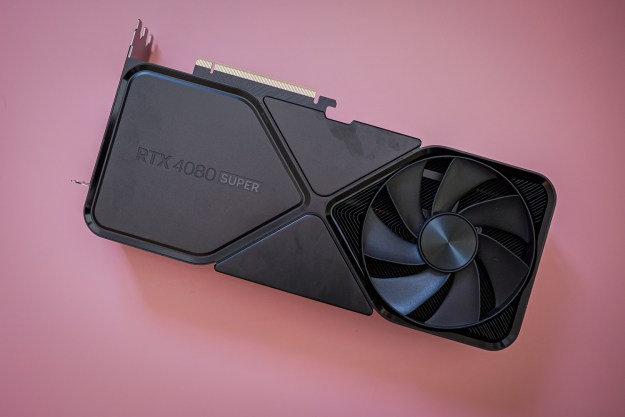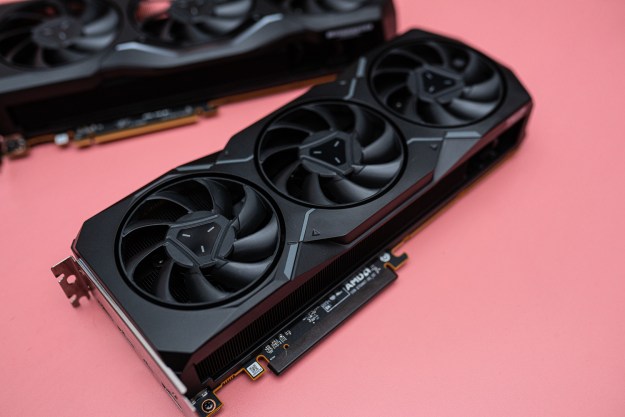
Amidst swirling rumors of an AMD Polaris refresh card in the form of an RX 590, AMD is reportedly pushing ahead with plans for a 2019 release of its next-generation Navi graphics cards and early testing results are said to be positive. Hard details about the new graphics technology remain elusive, but we do know it will be built on a 7nm process and is planned for release at some point next year.
Following the lukewarm response to AMD’s high-end Vega graphics cards, its roadmap suggests that technology will be shrunk down to 7nm for enterprise users before the end of the year. The next big thing in consumer graphics from AMD, though, is Navi. Long-rumored to be planned as a mid-range release before a high-end solution is debuted in 2020, Navi may not initially provide great competition for Nvidia’s RTX series cards, but could prove hotly competitive among mid-range cards, where AMD has traditionally performed far more favorably.

The latest rumor about Navi suggests that it has been tested internally at AMD facilities and that the results have been positive. Originally reported on by Fudzilla, the news from a number of anonymous sources suggests that performance has exceeded expectations. Earlier rumors suggested we may see Vega-like performance for around $250, per HotHardware. That would make Navi an intriguing product in a market that though characterized by top-tier performance, is dominated by sales of mid-range cards like Nvidia’s GTX 1060, which has itself just undergone a refresh.
Navi has been rumored to be the last iteration of AMD’s long-running Graphics Core Next architecture which debuted in 2012 with the AMD 7000-series GPUs. That is why some fans are more intrigued by Navi’s successor, said to be code-named Arcturus.
All of this should be taken with a sizeable grain of salt as there has been little in the way of corroborating evidence to suggest Navi testing is underway. It does back up earlier rumors of a planned year of 7nm die shrinks for AMD, though. Not only will its graphics cards supposedly be built on the new process size, but its CPUs will be, too. The third-generation of AMD’s Ryzen CPUs will be built on the Zen 2 architecture, a major feature of which is a die shrink to 7nm.
Editors' Recommendations
- Intel may fire the first shots in the next-gen GPU war
- AMD’s next version of FSR promises better visuals and support for Xbox
- AMD’s GPUs had a bigger year in 2023 than you might realize
- Using an RTX 3060? Here’s the GPU to upgrade to next
- AMD has a lot to prove this year





